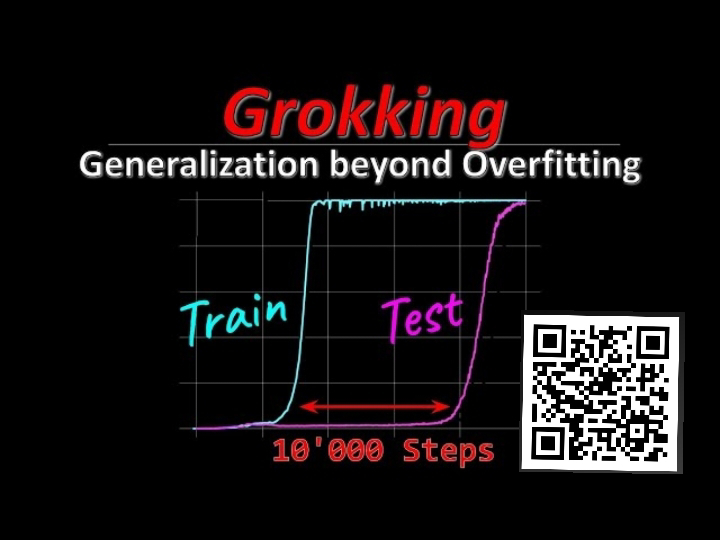7 Business Ideas To Put Unwanted Land To Use..

7 Low-Risk Land Investment Strategies That Could Generate Thousands Monthly Have you ever dreamed of owning your own slice of land? A place to escape when the world gets chaotic, yet still generates income when you're not there? Most people assume land ownership requires hundreds of thousands—or even millions—of dollars. But what if that assumption is wrong? What if, for just a few thousand dollars and some creative financing, you could buy land, earn significant cash, and even get others to help pay for it? Let me show you how this is entirely possible. The Hidden Opportunity in Land Investment My friend Kate discovered this opportunity early. She purchased a piece of land near Joshua Tree for just 10,000 (yes, incredibly affordable) and transformed it into a low-maintenance business using platforms like HipCamp. Within her first 90 days, she was already earning 1,500 monthly—with projections for much more. Inspired by Kate's success, I decided to purchase my ow...











